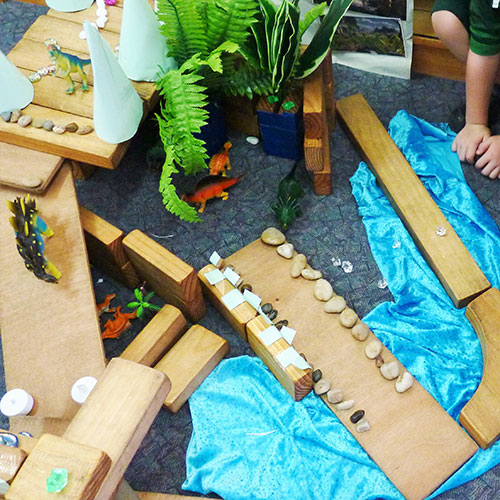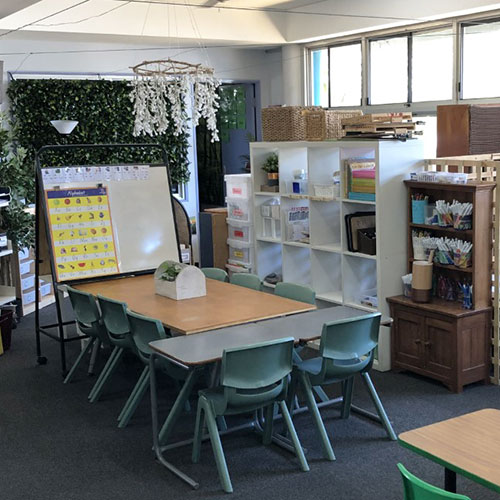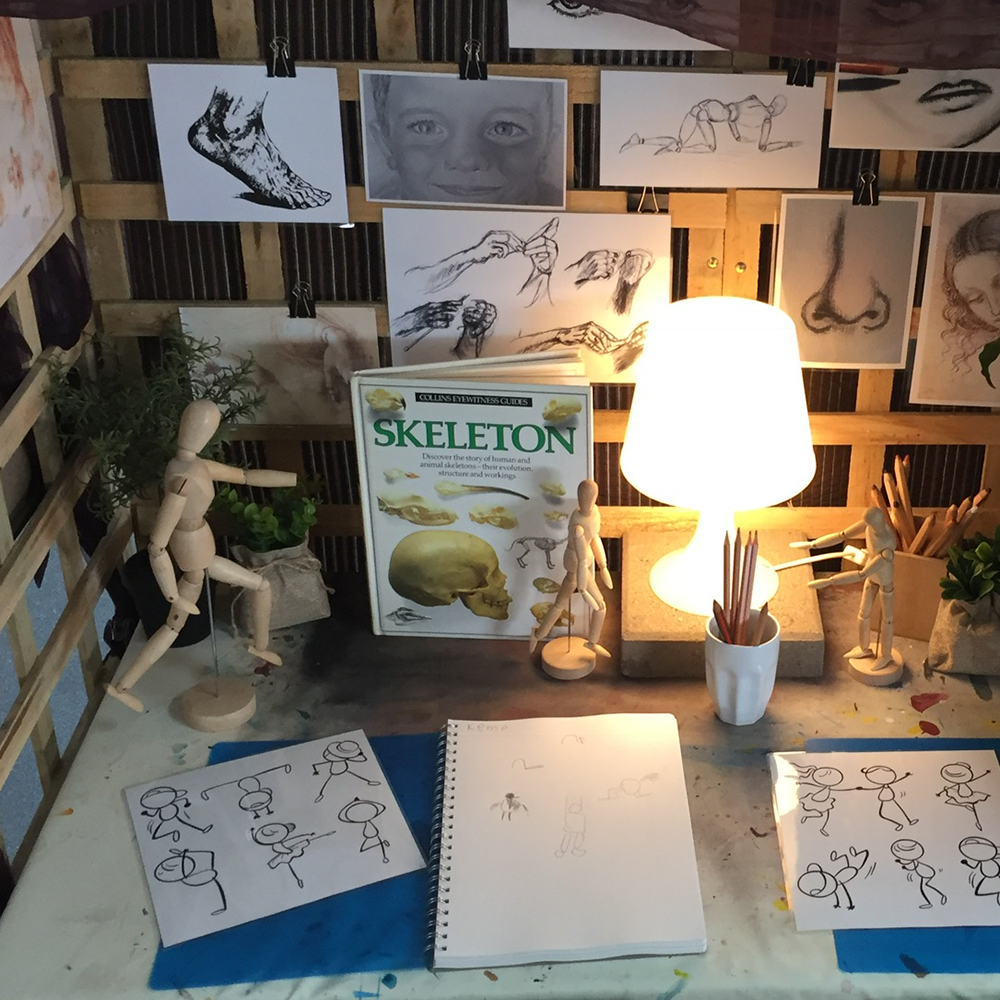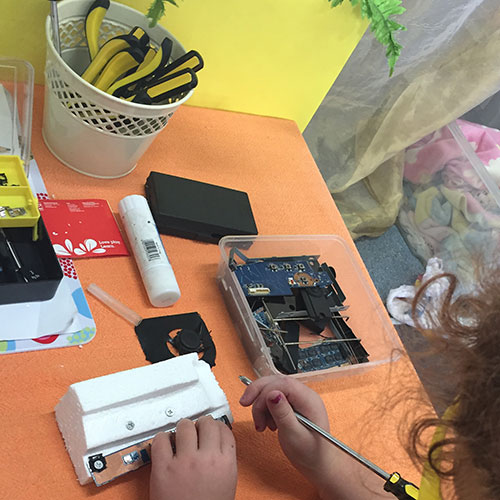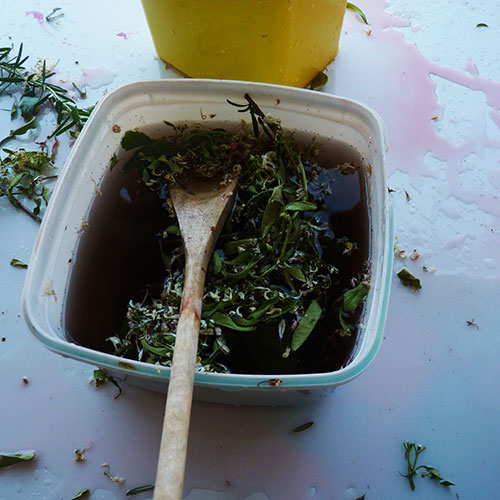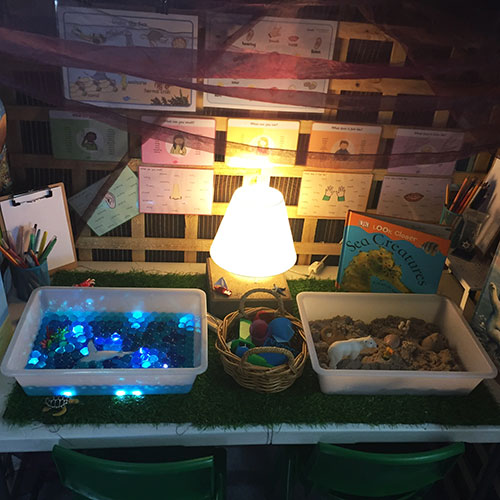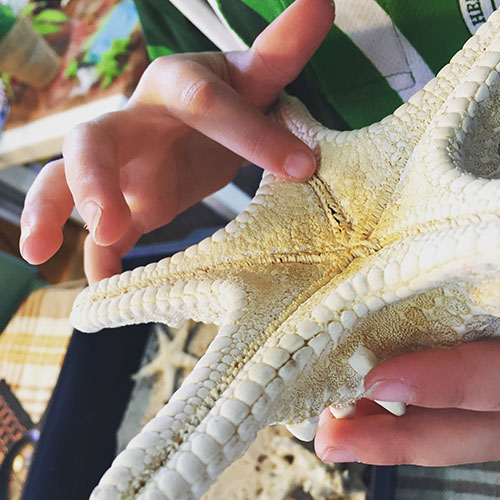The 10 Essential Areas of A Play Based Classroom
In my play based classroom there are 10 essential learning areas. I cannot do without them. The provocations and resources offered in these areas change throughout the year dependent on children's interests and the curriculum intent.
The placement of these 10 areas within the classroom is thoughtfully planned at the beginning of each year. I don't usually move the areas around the classroom throughout the year.
Very often an area will have multiple objectives and will include cross-curricular experiences. When adding provocations to each area, the original purpose for that space guides what is offered there.
1. Carpet Space and Meeting Area
This area is always as large as I can possibly get away with. We play a variety of circle games. You need a large carpet space to comfortably fit a whole class seated in a circle. The carpet space includes my teacher chair, teaching easel or whiteboard and our interactive panel. Any resources I need for whole class lessons are within easy reach. I don't teach very many whole class lessons but when I do, they happen on this carpet space.
2. Block Construction
Wooden block play is a staple in most play based classrooms. You need a reasonable space large enough for 4 or 5 children to build together or individually. I place the shelf holding the wooden blocks and loose parts along one side of the carpet space we use as a meeting area. That large carpet space isn't wasted then. It serves a dual purpose. During Investigation time, it is used for block constructions and during focused teaching time, it serves as a meeting place.
3. Dramatic Play
The dramatic play space is another area requiring quite a bit of room. This play based area is where oral language, social skills and problem solving are refined. It is always a popular space so it needs to accommodate at least 4 children.
The props in the dramatic play area tend to take up a lot of space so I position it in a large corner of the classroom. Position the dramatic play space in a corner so 2 walls are available to display environmental print. I usually use a small gazebo to define the space. The gazebo makes it easy to create a third wall by hanging a sheet or curtain from the frame. The roof of the gazebo also makes the space cozy and helps reduce noise.
4. Writing Table
This literacy area has a large table or group of tables preferably seating 6 to 8 children. I need this many seats because I use this table as my explicit teaching table during small group instruction later in the day. Next to this large writing table I have a 16 cube Ikea KALLAX shelving unit. This is a great room divider and defines the space beautifully. All our writing tools are stored on this shelving unit. Pens, paper, envelopes, sticky-notes, journals, list pads, magnetic letters, small blackboards & whiteboards, dictionaries etc are all accessible for the children to use as they wish at the writing table. I store a few of my literacy teaching tools on the top shelves.
5. Reading Area
Our cozy reading area provides another literacy space in the classroom. I have a wooden single bed base with a light mattress and a number of pillows and cushions. A low light lamp and a net canopy is a must for this area to create a cozy atmosphere. This is a quiet space so I like to position it away from the louder spaces like dramatic play. I like to position the bed along a wall so that the cushions can be supported along the length of the bed. In Winter I add a couple of little soft blankets. There are usually a few teddy bears waiting on the bed too.
The books are stored on a low bookcase. This bookcase is the same length as the bed so I position it in line with the bed and place a rug on the floor to help define the space. The bed takes up space in the room and I have often thought of replacing it with a much smaller sofa or some large floor cushions but the children just love the coziness the bed creates. The bed comes in handy when a child isn't feeling well or just needs a little calm down time. I think it's worthwhile.
6. Science and Nature Table
Children love collecting treasures they find in nature. Our nature table gives a home to these collections. I add interesting pieces I have collected too. We usually have mealworms, caterpillars or a fish on this table. It is important for children to have some type of living thing to look after and observe.
The items here are changed around quite regularly to sustain the children's interest in the area. Items related to our current Science Unit are setup at this table too. Magnifying glasses, clipboards, bug-catchers and other scientific tools are either stored on the table or on a small bookcase close by.
7. Art & Collage Area
Very often this area actually turns into 2 or 3 smaller areas throughout the room. I always have a box construction space. Sometimes that is just a very large box storing recycled treasures like boxes, tubes, unusual packaging - you know the traditional junk! The large storage box can be placed next to a small table where the children can work on their creations. Very close by on an open shelf, I store our art construction materials: glue, tape, scissors, crayons, various paper and card.
Painting easels could be added close to this space but I usually put 1 or 2 outside on the verandah. I have another small table inside dedicated to painting or drawing where different art mediums are offered for experimentation. These would include, pastels, watercolours, charcoal or drawing pencils. Sometimes I add tabletop easels to these tables to vary the experience.
The traditional collage trolley would live in this space too. Recently I have been using the collage trolley in another part of the classroom as a sensory play space. A large shallow underbed storage tray fits perfectly in the top of the trolley and I can fill that tray with a variety of sensory invitations (water, sand, rice).
A small selection of collage items can be found on the open bookshelf housing the construction materials at the box construction area. I only offer a limited selection of collage items (cotton balls, glitter, sequins, pipe-cleaners, straws etc) on this shelf. They are presented and organised in small clear boxes.
The children are aware of all the collage items stored away in our storeroom. They will ask for specific collage items if they need them and I can easily get what they need from the storeroom.
I found it very time consuming and somewhat wasteful constantly topping up the trays on our old collage trolley. The collage items seemed to be just randomly glued onto a box or a piece of paper. Having them stored away seems to make their creations a little more purposeful.
If you would like to set up a creative construction area or Makerspace in your classroom, you might like the Makerspace Display Pack. It contains all the printables you need to set up a beautiful and productive learning area.
8. Maths Area
I have a small table in the maths area but it's not absolutely necessary. You can get away with just having a resource storage space for all the math tools: counters, dice, measuring tapes, manipulatives etc. Math learning opportunities arise in all play areas of the classroom. Having a designated space to store tools that may be used throughout the room is all the children need to incorporate math learning into their investigations.
I like having a small math table or tray inviting children to investigate and practise the mathematical concepts we have been learning. The provocations I setup on the table vary according to the math concepts we are focusing on in class. Adding a sensory stimulus to the table will help with engagement and memory. I use this table during focused teaching lessons to demonstrate and teach our current math learning intentions too.
9. Tinkering
The tinkering area is a place where children can develop their fine motor and engineering skills. A small table with real tools and safety equipment for the children to use is always inviting. They can dismantle old broken household items or tinker with nuts & bolts, small engineering kits or small construction toys like meccano or lego. It is generally placed off to the side of the classroom and is only a small table for 1 or 2 children.
10. Sensory Play Area
Sensory experiences are embedded in all the areas of my play based classroom and then I also have at least 2 other areas specifically designed around sensory play. Sensory play acts as a magnet to children. Everything we learn about our world comes through our senses. This area is very important for cognitive and emotional development. Fine motor skills are also refined through sensory play. It can sometimes be a messy play space so it is best to set it up on the vinyl or outside on the verandah.
I have a light table permanently set up in the classroom. It is a very calming sensory play area. I change the provocations at the light table every 2 or 3 weeks. This allows me to design provocations linked to the curriculum. It also keeps the children interested and engaged in this space.
Another permanent sensory play area is the play dough table. It is set up at another small table in a quiet area of the room. I try to place this area on the vinyl as pieces of play dough always find their way to the floor. We call it the play dough table but it doesn't always have play dough on offer. Clay and plasticine are some of the malleable materials rotated through this area.
Sensory trays are very often included in the play investigations. They can take the form of a water trough on the verandah or the large under-bed storage tray in my repurposed collage trolley. A couple of small individual trays on a table can form part of our sensory play area too. There are many options for the provocations you can offer in a sensory tray.
You can read more about sensory play and how to use the sensory experience of play dough to teach phonics here on my blog.
Keep your Learning Areas consistent and clearly labelled with these themed display packs. Choose the pack to suit your classroom décor. Each pack contains 17 ready made signs and banners ready for you to print and display. There are also 2 bonus banners and 2 bonus signs with editable text boxes so you can quickly personalise a sign or banner before printing.



